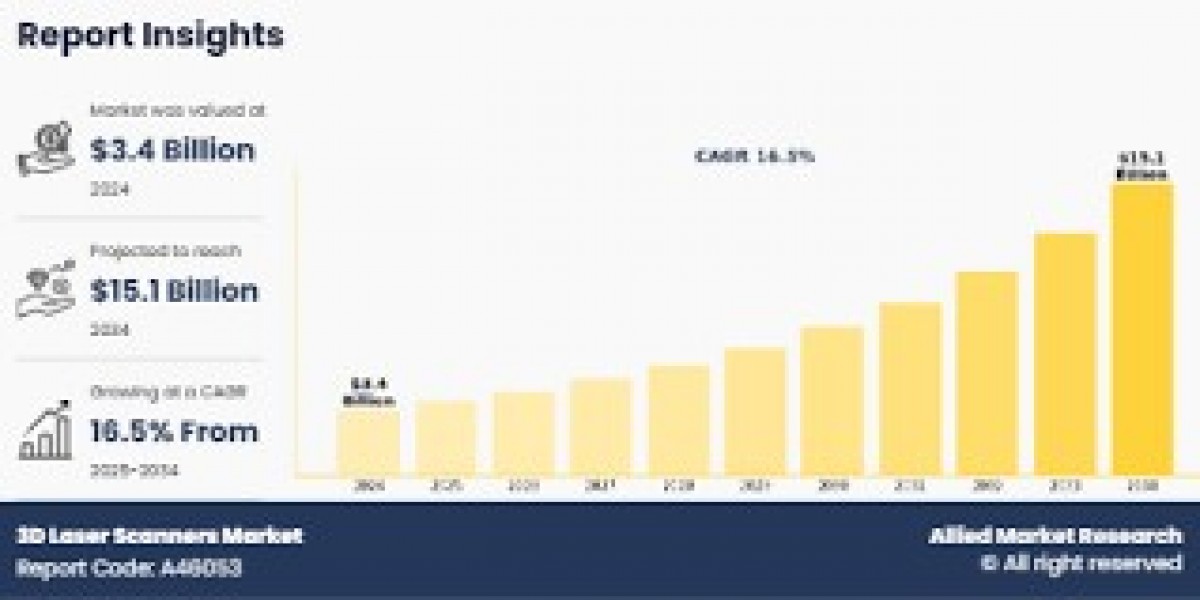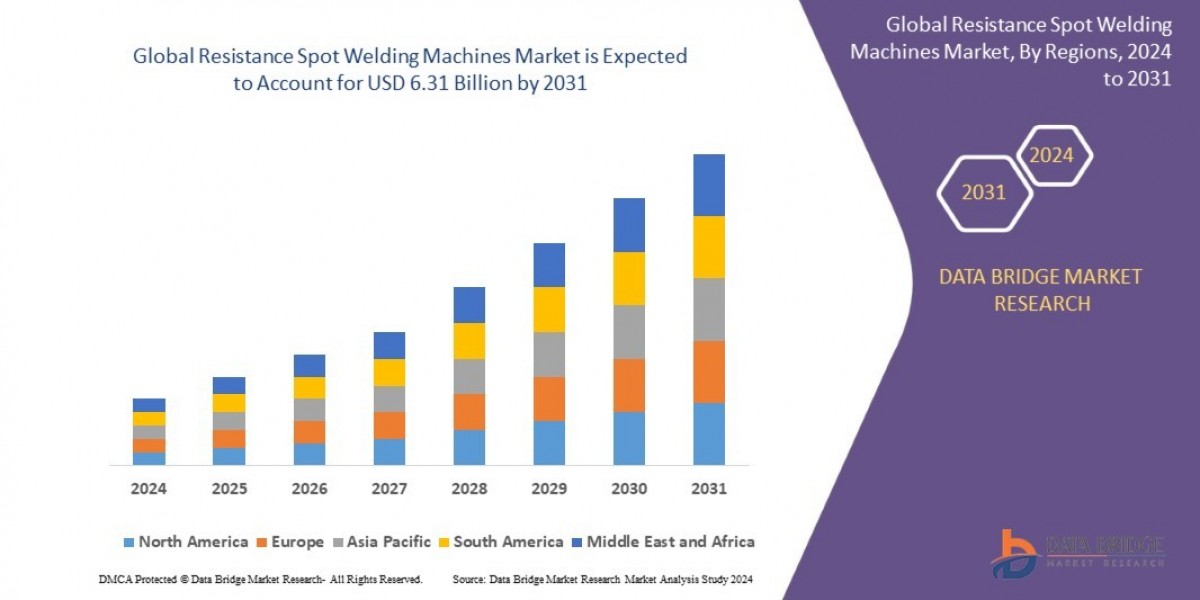The CCTV camera market is transitioning from traditional, standalone video systems to intelligent, cloud-connected, and analytics-driven surveillance platforms. Adoption is accelerating across smart cities, transportation, retail, critical infrastructure, commercial real estate, and residential segments. Through 2030, growth will be shaped by advancements in AI video analytics, higher-resolution imaging, edge computing, 5G connectivity, and tighter integration with access control and alarm systems. At the same time, data privacy, cybersecurity, and evolving regulations will define how vendors and end-users architect solutions.
Market Drivers
Urbanization and smart city programs: Municipal safety, traffic management, and public services rely on scalable surveillance backbones.
Security and loss prevention: Retail, logistics, and industrial operators invest to reduce shrinkage, monitor operations, and ensure compliance.
Technology inflection: 4K/8MP and beyond, low-light and thermal imaging, wide dynamic range, and multi-sensor panoramic cameras improve coverage and evidence quality.
AI at the edge: On-device analytics enable real-time detection (intrusion, loitering, line crossing), people/vehicle attributes, occupancy counting, and behavior analysis while optimizing bandwidth and storage.
Cloud and hybrid VMS: Flexible deployment models, remote management, and subscription pricing expand access for SMEs and distributed enterprises.
Restraints and Risks
Privacy and compliance: Data protection laws (e.g., consent, retention, video masking) demand governance-by-design.
Cybersecurity exposure: Cameras and recorders must be hardened (secure boot, signed firmware, zero-trust onboarding, regular patching).
Total cost of ownership: High-resolution streams increase storage/egress costs; AI workloads impact hardware sizing and power budgets.
Interoperability: Legacy analog/IP mixes and proprietary ecosystems can complicate migration.
Key Trends to 2030
Edge AI first: More inference runs on cameras and intelligent NVRs, reducing latency and bandwidth.
Event-driven architectures: Recording, alerts, and workflows triggered by analytics rather than continuous monitoring alone.
Privacy-preserving analytics: On-device redaction, face/body blurring, differential privacy features built into VMS pipelines.
Unified security platforms: Video converges with access control, visitor management, intercoms, and PSIM for single-pane operations.
5G and private LTE: Wireless backhaul for temporary sites, transportation, and remote infrastructure.
Sustainability: Low-power chipsets, PoE efficiency, and smart recording policies to cut energy and storage footprints.
Market Segmentation
By Camera Type: Dome, bullet, turret, PTZ, panoramic/multi-sensor, thermal/infrared, body-worn and mobile.
By Resolution: HD (≤1080p), 4MP–8MP, >8MP (incl. 4K/12MP+).
By Component: Cameras, NVR/DVR/servers, storage (HDD, SSD, cloud), VMS/analytics software, accessories.
By Connectivity: Wired PoE, Wi-Fi, cellular/5G.
By End-Use: Commercial (retail, offices), public sector/smart city, transportation, industrial/logistics, BFSI, education, healthcare, residential.
By Deployment: On-prem, cloud, hybrid.
Regional Insights
North America: High adoption of AI analytics, strong focus on cybersecurity and compliance; cloud VMS growth in multi-site retail/QSR.
Europe: Strict privacy regulations shape data governance and edge redaction; demand for open, ONVIF-compatible solutions.
Asia Pacific: Largest volume growth driven by smart cities, transportation, manufacturing, and new builds; price-performance competition is intense.
Middle East & Africa: Large-scale infrastructure and critical facility projects; rising interest in thermal and perimeter solutions.
Latin America: Public safety and retail projects lead; demand for cost-effective, resilient systems.
Competitive Landscape
The ecosystem spans global OEMs/ODMs, chipset vendors (image sensors, AI SoCs), VMS/analytics ISVs, cloud platforms, and integrators/MSPs. Differentiation centers on AI accuracy, cybersecurity posture, open APIs/SDKs, lifecycle services, and channel reach. Strategic moves include AI partnerships, verticalized solutions (e.g., retail loss prevention packs), and subscription models bundling software, storage, and support.
Buyer Considerations and RFP Checklist
Define objectives: deterrence vs. forensics vs. operations analytics.
Architecture: on-prem, cloud, or hybrid; retention needs; failover strategy.
Security: device hardening, firmware management, certificate-based onboarding, SOC2/ISO controls for cloud.
Analytics: validated accuracy on target environments, bias testing, and governance for people analytics.
Interop: ONVIF profiles, RTSP/HTTP, support for access control and alarm integrations.
TCO: power, storage, licenses, AI compute, and network upgrades; plan for future resolution/analytics increases.
Compliance: data minimization, retention policies, redaction, audit logs, and lawful use guidelines.
Outlook to 2030
By 2030, CCTV will be part of a broader sensor fusion fabric—video, access, radar, acoustic, and IoT telemetry—correlated by AI to deliver proactive security and operational insights. Vendors that combine robust cybersecurity, accurate edge analytics, open integrations, and flexible consumption models will capture outsized share.
Read More
| Hot Wire Semiconductor Sensor Market |
| Industrial Automation Spares Market |
| Infrared Optoelectronics Market |
| Integrated Circuit Chip Market |
| Metallized Capacitor Film Market |








